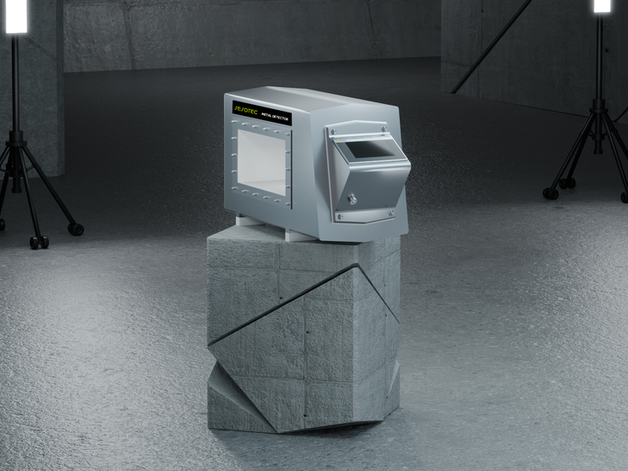TOPAS GmbH is a pioneer in the field of vegan nutrition. The family-owned company produces vegan meat and cheese alternatives in Kernen im Remstal, including the well-known brand Wheaty. With around 100 employees, 50 different products, and deliveries to 16 European countries, TOPAS places great importance on the highest quality and continuous development.
Produced exclusively in Germany with regional raw materials, the products meet the strictest eco-quality requirements and are certified to the IFS Standard at the Higher Level. Since its founding, now with the second family generation in management, constant development in the areas of product and technology plays an important role.
All Wheaty products are based on organic wheat protein, known as seitan. In its production, the wheat grains are first processed into flour, which is washed and kneaded several times with water until the starch is washed out and only wheat protein remains. Cooked with various ingredients and spices, seitan is created, a wet mass that has a meat-like consistency.
The problem: Water content and environmental conditions affect the accuracy of metal detectors and cause false rejects.
When using metal detectors in the food industry, it is important to note that many foods exhibit a so-called product effect. This product effect arises, for example, due to a high water or salt content, which leads to the so-called intrinsic conductivity. This affects metal detection in such a way that the detector may report a metal signal even though there is no metal present in the examined product. The result: false rejects occur, and a flawless product is discarded. Vibrations in the vicinity of metal detectors can also cause false rejects.
For products with a high product effect (intrinsic conductivity), the sensitivity of the metal detector is usually reduced. However, this increases the risk of metal contamination in the final product.
.JPG)
The solution: The combination of conveyor belt and metal detector with AI
The Sesotec complete system UNICON+ for dry or wet areas consists of a conveyor belt, the INTUITY metal detector (search coil and control unit), and optionally a reject system. The metal detection system can be integrated into various production stages. The coil technology of the INTUITY series with an extremely short metal-free zone allows for the shortest conveyor belt lengths, which was very important due to the limited space situation at TOPAS GmbH.
The INTUITY metal detector operates with THiNK technology, which is based on AI (artificial intelligence) methods. Products with high and/or fluctuating product effects can be examined better and more stably with THiNK. Sesotec THiNK can filter out "false" interference signals caused by the product effect. The advantages: Metal particles are reliably detected, and there are fewer false rejects.
The metal detection system, which is installed after packaging, examines the finished products at the last CCP (critical control point) for metallic foreign bodies (stainless steel, iron, and non-ferrous) and thus guarantees pure products for consumers.
The customer benefit: Fewer complaints due to highest detection performance.
As a food manufacturer, TOPAS must adhere to strict guidelines and standards regarding food safety. With THiNK, the product effect can be almost completely eliminated, allowing for a high sensitivity setting with which TOPAS can detect the smallest metal particles. The advantage for Wheaty products: more safety, fewer complaints, and less product loss.
“All in all, it was a great project with Sesotec. From our side, there were several different requirements for the metal detectors, which were well resolved by Sesotec. Stability, sensitivities, integration - these were all factors that challenged us and are no longer an issue. We can fully concentrate on our products, which is most important to us,” says Mr. Behne, Plant Manager of TOPAS GmbH.
Download this case study as a document.

.JPG)
